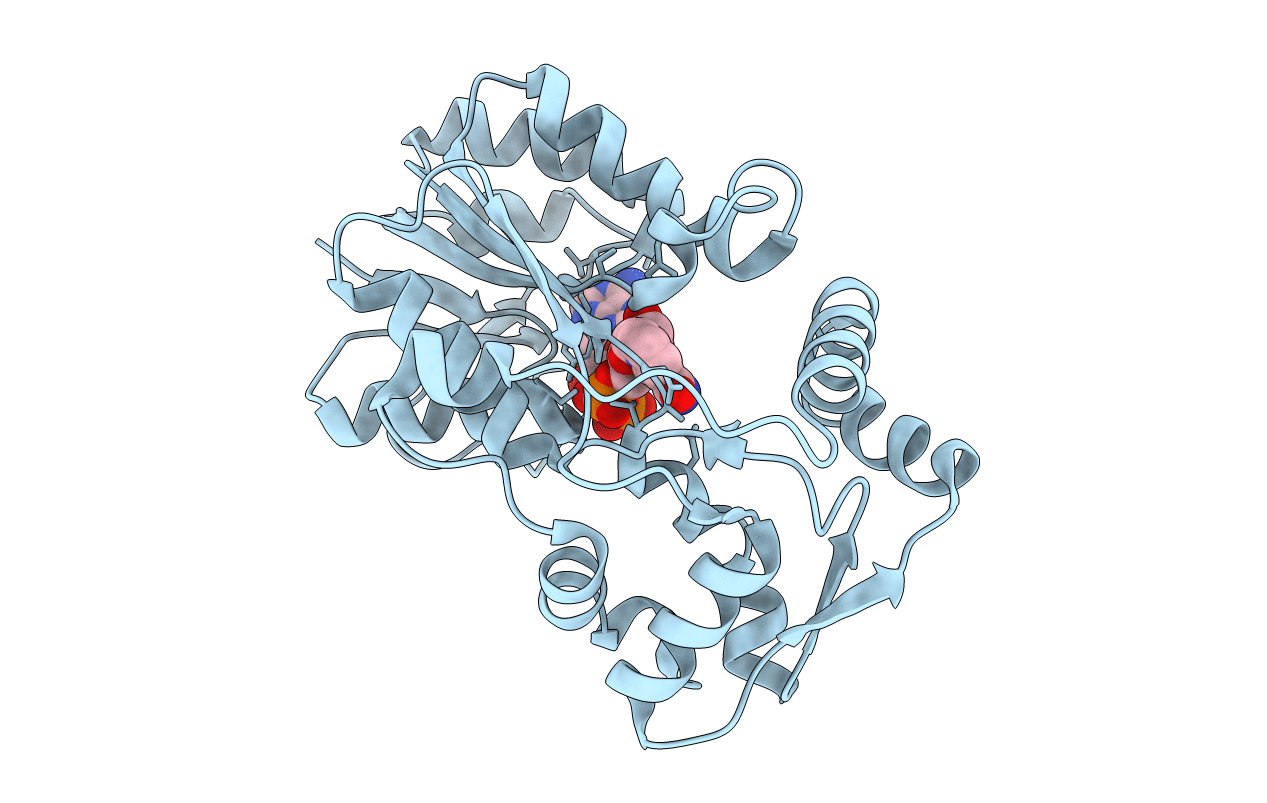
Deposition Date
2016-05-24
Release Date
2016-10-05
Last Version Date
2024-11-13
Entry Detail
PDB ID:
5L3Z
Keywords:
Title:
polyketide ketoreductase SimC7 - binary complex with NADP+
Biological Source:
Source Organism:
Streptomyces antibioticus (Taxon ID: 1890)
Host Organism:
Method Details:
Experimental Method:
Resolution:
1.95 Å
R-Value Free:
0.21
R-Value Work:
0.18
R-Value Observed:
0.18
Space Group:
P 41 21 2


